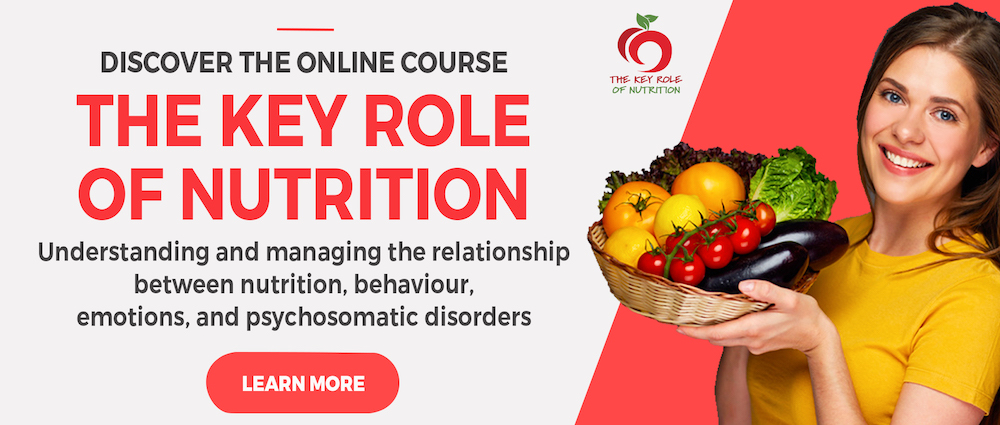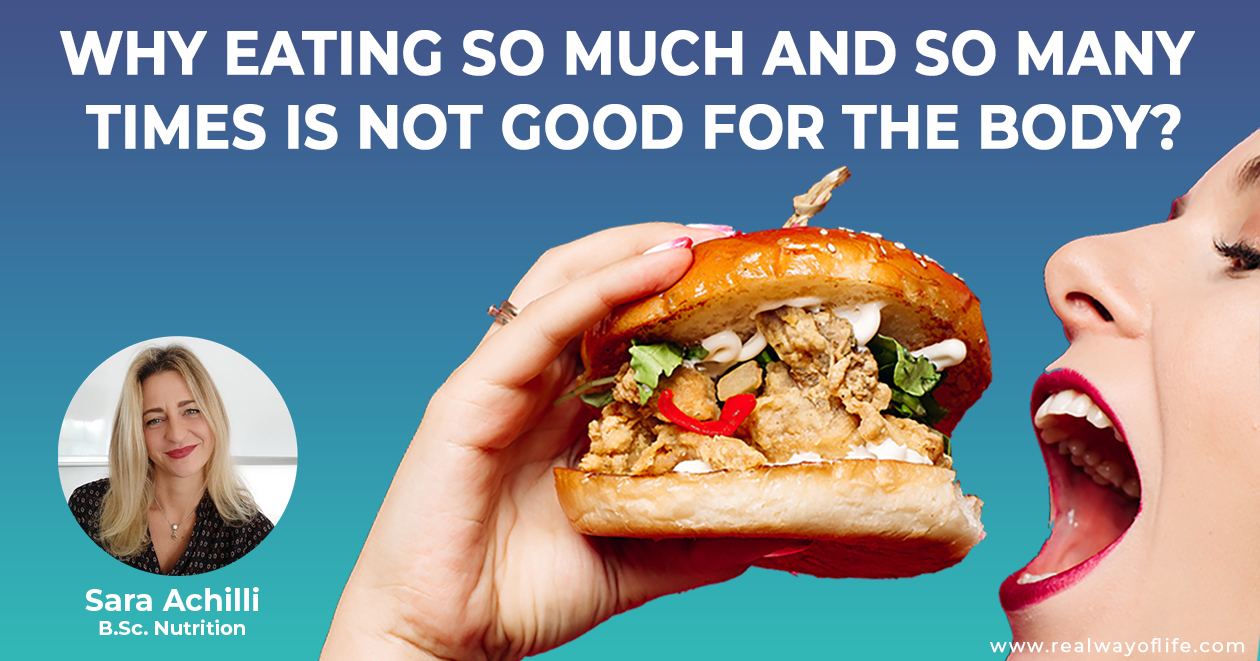
03 Feb Why eating so much and so many times is not good for the body
Eating a lot, both in terms of quantity and of frequency, is not good for the body.
We will see that humankind is not structured to eat so much and so many times throughout the day.
By contrast, eating less and less frequently – or even skipping a meal now and then – can favour healthy metabolic processes.
Guidelines, the television and internet regularly bombard us with all sorts of nutritional information stating everything and the opposite of everything.
everything and the opposite of everything.
Some classic examples are:
you need to eat 5 times a day! You should NEVER skip breakfast. Fasting is bad for you! Carbohydrates are fundamental. Proteins are bad for you. You should eat carbs in the morning and protein in the evening.
The truth is that rather than focusing on a specific diet, it would be far more interesting and useful to truly understand how our body actually works.
This will allow us to make more conscious and targeted nutritional choices.
How does our body work?
We can simplify things by saying that our body fundamentally works in two different ways. With two metabolic routes.
1) The first is the so-called sugar-led metabolic route that is activated when we mainly eat carbs or sugars such as pasta, bread, breadsticks, crackers, biscuits, fruit, cereal, fruit juice, fizzy drinks and so on.
This first metabolic route is called anabolic and is responsible for cell replication within the body’s tissues and for growth.
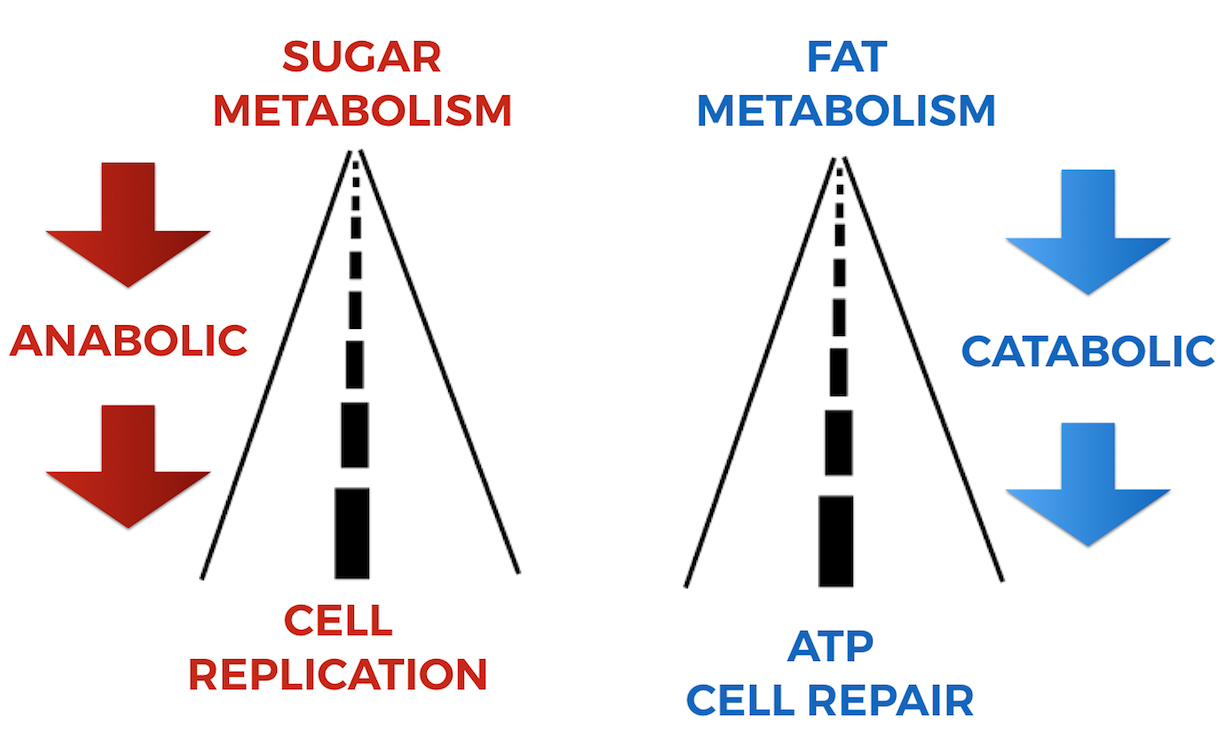
The anabolic route produces little energy.
This route is mainly used by children’s bodies as they need to grow, by pregnant women and when we need to repair tissue after an injury or during an acute inflammatory process.
2) The second route is the fat metabolism route, or the route taken by the fats that we introduce with our diet and by the fats accumulated in adipose tissues within the body.
This route, unlike the first, is a catabolic route that enables us to repair our cells and produce significant amounts of energy.
Let’s take a practical example. Let’s think of our body as a of a house. We could say that for the first 0-18 years we need to use the red metabolic route to build the house, place doors and windows, furnish it, set up the kitchen with all the necessary tools, hang paintings and everything else we need.
After 18 years and from then on, the house needs to be maintained: every now and then you need to stucco it, throw away things you don’t need, the roof needs re-tiling etc. otherwise the house will deteriorate over time and eventually collapse.
Our body works in the same way.
When we stop growing the body needs to be constantly maintained and substances that are no longer required need to be eliminated. To do this a lot of energy is required.
The route that enables us to preserve and refurbish the body is the second route, the catabolic route.
This route, unlike the first, enables us to repair our cells, to produce significant amounts of energy and to overcome inflammatory processes that are at the heart of many pathologies that have become epidemics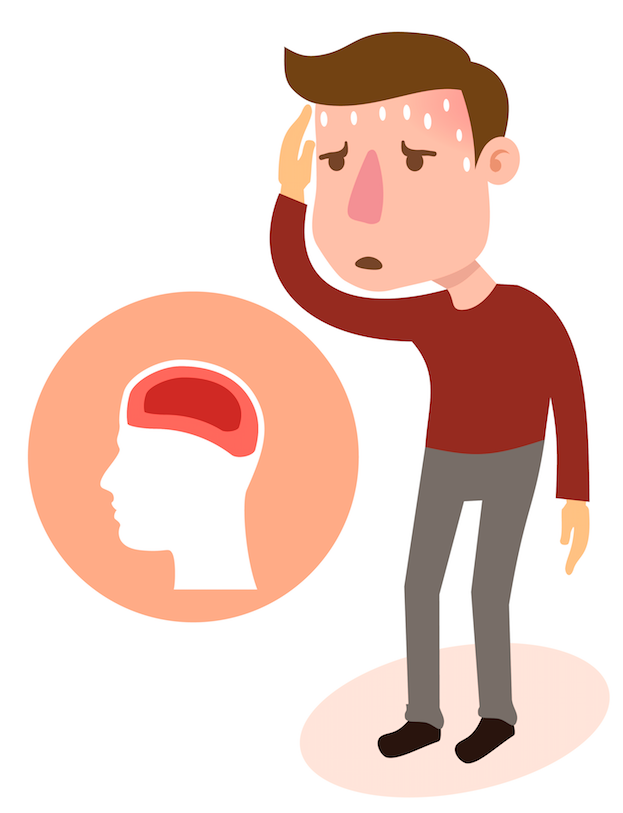 today.
today.
Gastritis, colitis, asthma, cystitis, food intolerance, celiac disease, endometriosis, lupus, dermatitis, rheumatoid arthritis, diabetes and even more serious conditions such as tumours, neurodegenerative diseases (Parkinson’s or Alzheimer’s disease for example), but also attention deficit disorders, ADHD, learning difficulties or depression can derive from an unresolved chronic inflammatory condition and from a persistent state of activation of the immune system.
The never-ending meal
What is happening today in the Western world? Today most people only ever activate the anabolic route.
Compared to 50/70 years ago, rapid industrialisation and the advent of supermarkets, we have all the food we want available and cheaply.
We can all purchase huge quantities of food and eat at any time of the day or night. Some supermarkets, shops and bars are even open 24/7 meaning we can get food at any time of the day.
Today we eat tonnes of carbohydrates ranging from bread to pasta, to pizza, to cereals, tonnes of vegetable proteins that as we know have an extremely scarce biological worth and a never-ending amount of processed and industrial foods.
Today most people only ever activate the anabolic route because their diet is composed of tonnes of carbohydrates ranging from bread, to pasta, to pizza, to cereal from breakfast to supper.
What does this mean for the health?
First of all we need to consider that humans are not made to eat so much sugar.
Each time we eat or glycaemic levels, or glucose present in the blood, increase.
Glucose cannot remain in circulation for long as it is highly damaging for the vascular endothelium and therefore needs to be disposed of as quickly as possible.
To favour this process, the pancreas produces insulin, a hormone that stimulates the absorption of glucose in muscular and adipose cells contributing to managing blood sugar levels.
When we eat too many carbohydrates or an excess of protein, the liver transforms a part in glycogen (a sort of ready-to-use energy reserve) that is deposited mainly in the liver and muscles and the rest is transformed into fatty acids, also known as triglycerides.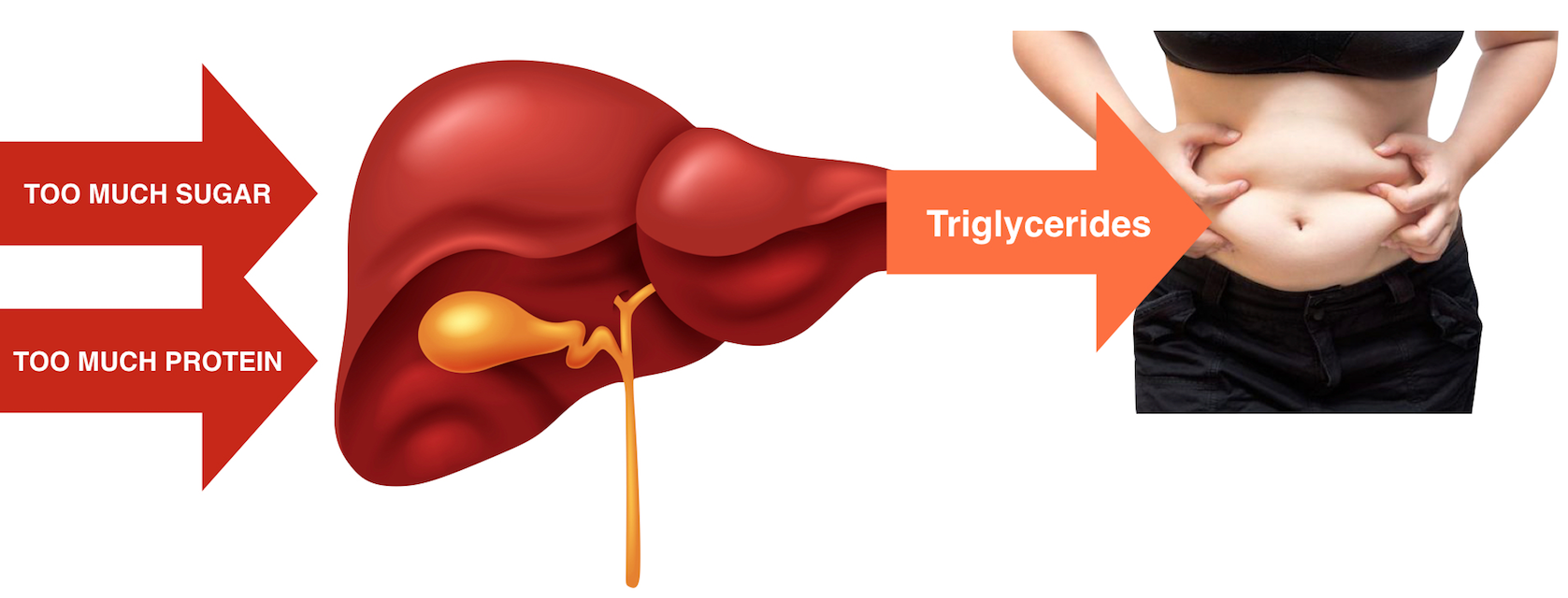
Accumulated fat is not just stored energy.
Excess fat is accumulated in the liver, muscle and at a visceral level and produces inflammatory molecules that circulate favouring and stimulating the inflammatory process which, when unresolved, can become chronic.
In addition to this, when levels of insulin are always high the body only uses the glucose metabolic route and does not burn fats.
After a large meal consisting mainly in sugar and protein, therefore, glycaemia is very high and our body uses sugar only as a top layer of energy and is not burning one gram of our accumulated fat. This is the very accumulated visceral fat that as we have seen produces pro-inflammatory substances.
Solutions
We have seen that from an energy production point of view and from a health perspective the catabolic route is far favourable.
So how can we tackle the issue and activate processes that reduce inflammation and produce more energy?
First of all, definitely by reducing food quantities and meal frequency.
In other words, it is necessary to eat less at each meal, reduce portions but also importantly to reduce meal frequency.
The quality of products use is also important and we should always select high quality product from controlled and certified sources limiting industrial and processed foods that have been handled and altered.
In addition to this, periods of targeted fasting can be introduced alongside regular aerobic exercise and a series of other actions.
Finally, it is useful to alter the main energy layers reducing the quantity of carbohydrates and proteins and increasing the amount of high-quality-fat rich foods.
Are you interested in learning more about nutrition and health?
Discover the ONLINE course THE KEY ROLE OF NUTRITION
Understanding and managing the relationship between nutrition, behaviour, emotions, and psychosomatic disorders
Subscribe to the Integrative Sciences HUB to access this course and many more online.
More than 25 ONLINE COURSES and TECHNIQUES to master emotions, manage stress and anxiety responses as well as psychosomatic issues, overcome trauma and resistance to change.




